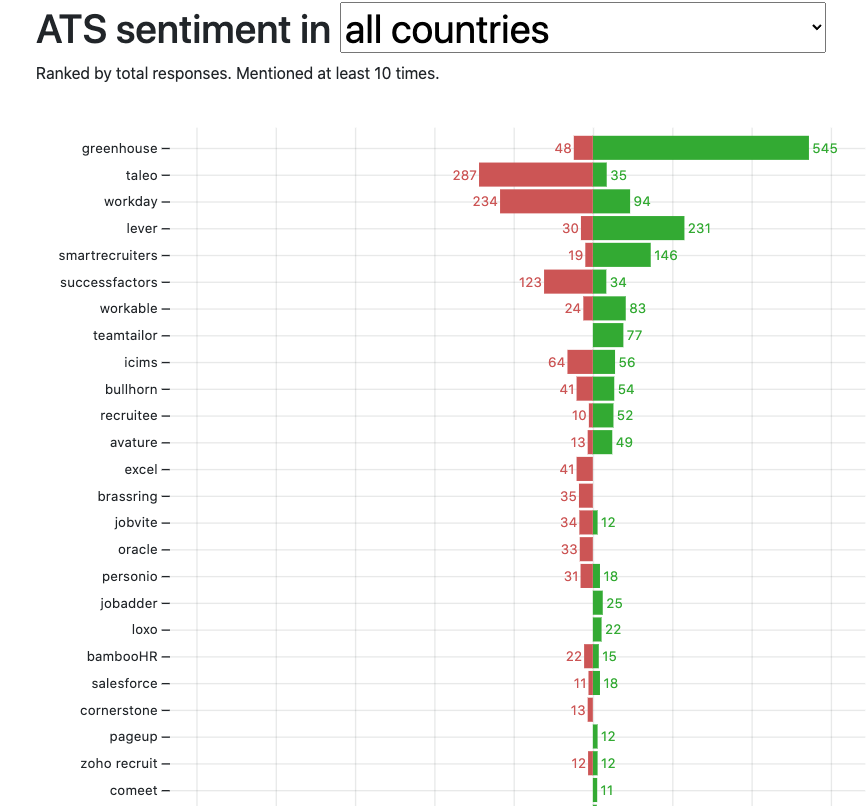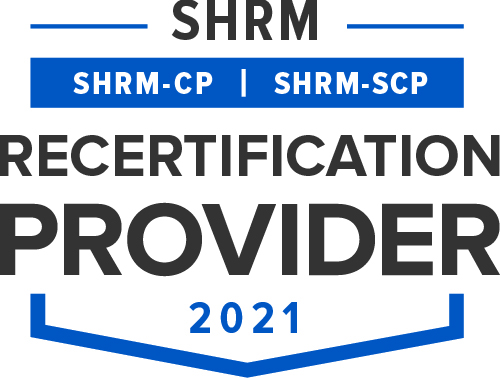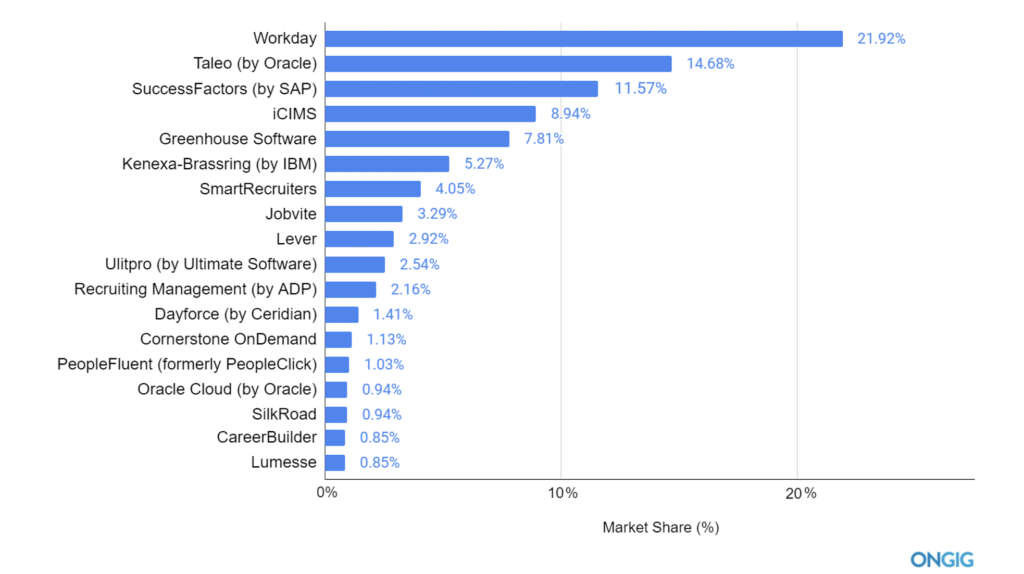In this discussion, Loxo CEO, Matt Chambers, and I discuss trends in recruiting that is here to stay, and how modern recruiters will need to evolve to address these changes.
Question 1: What do you see as the most impactful changes you’ve seen in the recruiting industry?
Tim’s Answer:
It continues to be the speed at which recruiting is expected to find talent for openings. We’ve gotten to a point where hiring managers have this expectation where you’ll start showing them candidates in a matter of hours, not days or weeks. All of this is driven by technology.
Matt’s Answer:
Let’s start macro and work our way down to share why these changes are happening.
A generational transformation is underway. Baby Boomers are retiring, millennials are taking over their leadership roles, and Generation Z is entering the workforce as the first digitally native generation. This generational transformation is hitting at the same time that the web 3.0 is emerging and we are going to cross a tipping point to broader market adoption.
Unemployment is at an all-time low, and we are also on the longest bull run in history. A tight labor market magnified lazy hiring practices which relied exclusively on job board postings. Ineffective hiring and subpar results created a robust demand for recruiting agencies and passive recruiting solutions. Today talent acquisition is strategic; having top recruiters either in-house or as recruiting partners is a major competitive advantage. We are starting to see a hybrid RPO boots on the ground model becoming very popular.
Executive search, staffing, RPO, and recruiting agencies are facing pressure to find ways to differentiate. Five years ago, the biggest changes were happening on the corporate side, but now executive search, RPO, and recruiting agencies are playing catch up. It’s a lot of energy and effort for an organization to change software solutions and to consider new approaches to recruiting. It also can take a year or more for an organization to switch out and upgrade their technology, so those who wait risk putting themselves out of business to modern recruiting practices that just have too significant an advantage.
Matt’s Thoughts on Tim’s Answer:
Hiring managers are being sandwiched by both technology innovation on the vendor/supply side but also from their C-levels measuring progress via KPI metrics. I think Tim and I would both agree that quality of hire is the most important metric, but as he said to be successful in today’s world you have to get the job done fast or someone else will be there to beat you to it.
Tim’s Thoughts on Matt’s Answer
As much as we see recruiting evolving and changing, it’s still out on the edges for the most part. The most used recruiting strategy across all functions, markets, and industries is still “Post and Pray”. Post a job, pray someone will apply. While we see the leading edge of recruiting at an advanced stage, it’s still mostly in the minority. One issue, especially on the corporate side, is recruiting is still part of HR and HR hates to recruit. So, they’ll do almost anything else besides picking up a phone and reaching out to a potential hire.
The growth of RPO is a straight-line direct reflection of this failure. Organizational leadership is giving up on recruiting at a colossal level because CHROs can’t figure out how to fix recruiting and make it work, so let’s just shop it out to experts. The reality is, you’re not shopping it out to experts, you’re shopping it out to 25-year-olds working in call centers who are paid to call candidates. That is now your employment brand, a 25-year-old who probably have never been to one of your locations and knows nothing about you.
It’s not a hit on RPO, they are hired to find talent and fill a position, and they need to do that as efficiently as they can to produce a profit. Turns out, many do a great job at that, but many organizations give up too easily instead of just fixing the core issue. Talent Acquisition is not HR. It can’t be run like HR, or it will keep failing.
Question 2: Process-wise, where do you see recruiters putting in the most effort into moving forward?
Tim’s Answer:
I would love to tell you it would be quality over speed, but I fear it’s still going to be speed. For me this isn’t either/or, it’s both. Yes, I want you to find me talent fast, and, yes, I want you to find me great talent. Far too often, in most shops, recruiters turn this into one or the other. It doesn’t have to be that way. But, that takes a really great process, supported by great tech, supported by high expectations and performance management. BTW – it also costs money!
Matt’s Answer:
At the very top of the funnel.
Executive search firms and internal talent acquisition teams are focusing most of their effort at the very top of the funnel. Relying exclusively on job boards for “sourcing” is lazy and results in the lowest quality, yet still remains the primary way most organizations (and even most staffing agencies) recruit.
We have crossed the tipping point, and it is no longer cost-effective to source manually, when there are superior sourcing options on the market that can programmatically deliver an extremely high-quality talent pipeline at a fraction of the cost.
To give you a concrete example, Loxo AI™ helps our customers build extremely high-quality talent pools. It removes 90% of the hours spent sourcing by recommending only the very best people for each open position. This is automated. Why would you have a dedicated sourcing team when you could have this? Solutions like Loxo AI™ are gaining popularity as more recruiting organizations learn about them and realize how big of a game changer it is to their productivity.
The largest recruiting organizations have started to invest in building their own in-house technology systems. I think almost everyone except these organizations realizes this is a catastrophic mistake that will lead down a black-hole. The pace of technological innovation in the open market is 100x faster, so the tens of millions of dollars of investment will cost these organizations a decade of lost opportunity cost.
Corporate recruiters are relentlessly testing and trying new solutions, but often have to figure out workarounds or even pay out of pocket due to the slow and bureaucratic nature of big enterprise. As a compromise, I think you are starting to see market forces demanding open API integrations so their recruiters can use best of breed solutions rather than being forced to use these monolithic systems that put the recruiter’s needs last. Recruiters will select and choose solutions that they want to use and that solve their problem, even as big enterprise struggle to keep up with the pace of innovation and global regulatory environment.
Matt’s Thoughts on Tim’s Answer:
Spot on –it’s always about the time, quality, cost tradeoff!
The Project Management Triangle is one of the most important constraint models in business operations. Clients always want it faster, better, AND cheaper and service providers always have to remind them that we can do two at once, but you Mr. or Ms. client select the two you want and we’ll adjust accordingly. Technology innovation in a fully optimized system is the only thing that can improve all three at the same time, but technology will only get you so far so if you don’t have exceptional leaders, process, and people. If you do you can achieve better quality hires faster than ever before.
Tim’s Thoughts on Matt’s Answer
Totally agree with you, Matt. Although, I don’t see corporate recruiters “relentlessly testing and trying new solutions”, I would encourage them that they should. They should be demoing and looking at new tech at least once per month. It has to be a priority or the function just falls too far behind, too fast.
I do think as we see more and more of the top of the funnel be automated the real value of recruiters comes back to can you influence the decision of a candidate to believe that the position you have open is right for their career path? Can you get them to say, “Yes!”? That only happens when they trust you and believe that you have their best interest at heart. That takes expert-level relationship building at scale and speed.
Question 3: Where do you think the biggest opportunity is for recruiters to drive more value?
Tim’s Answer:
Click over here to finish reading this interview! Matt and I went back and forth for a few more questions! (FYI – I get asked this A LOT – Loxo is our ATS and it’s awesome! Also, Individual Recruiters you can sign up use Loxo for FREE! Give it a try.)



